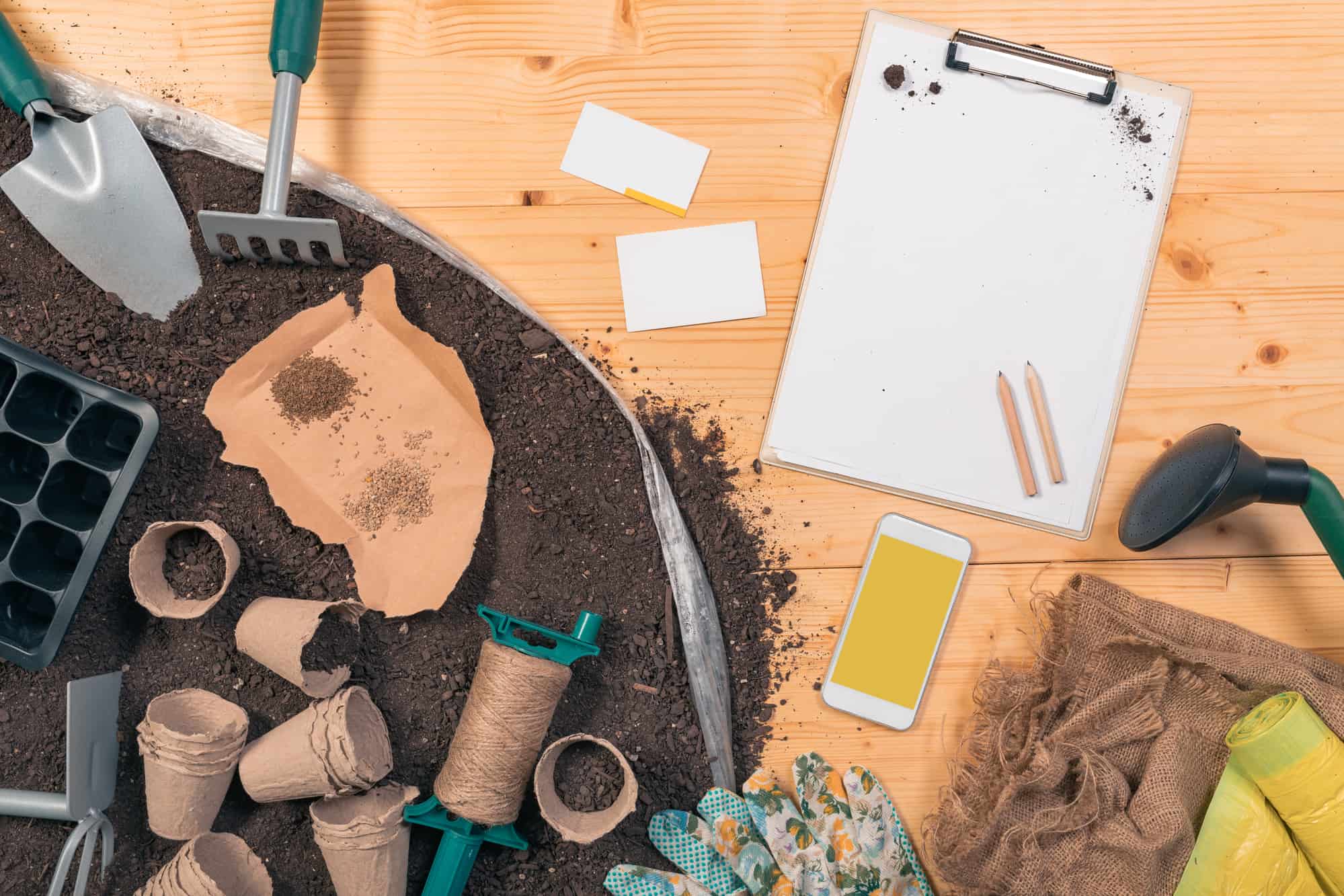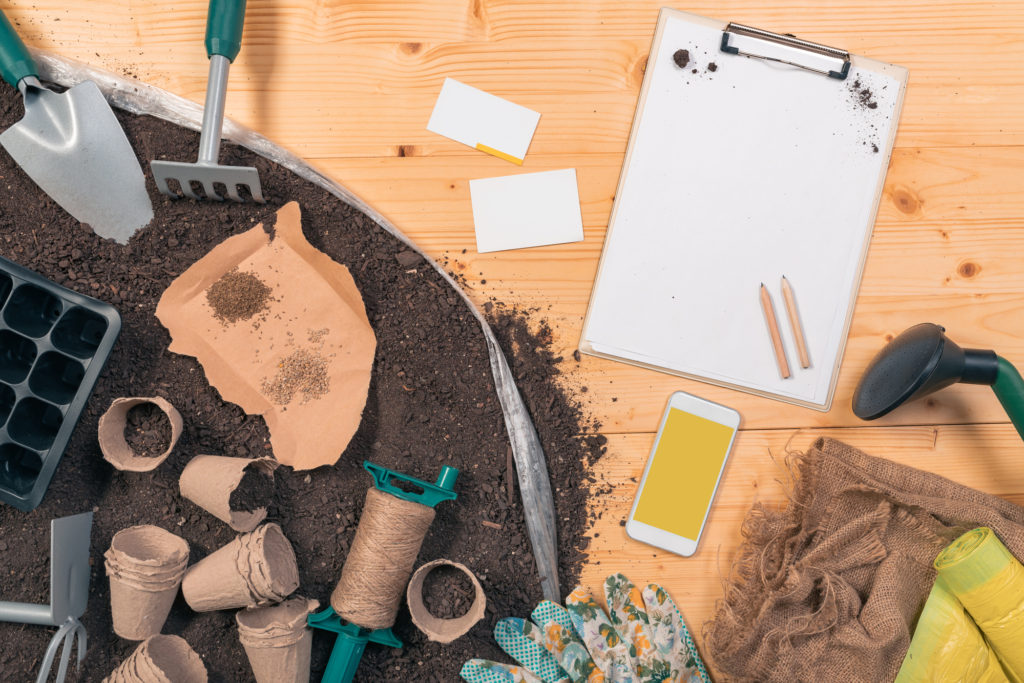
There are some key things you need to take into account when you’re planning to start a garden — the who, what, where, when and why of it all.
The good news is most of this is pretty straightforward—and in this article, I’m going to walk you through the 11 questions you need to answer as a newbie (or not so newbie) gardener in planning a successful garden.
And keep in mind that this is all about … you! The place to start—the first factor to consider—is your personal preference. This is after all your garden and you should, above all, enjoy spending the time and energy on it. So let’s start planning your garden
How to Determine What to Grow in Your Garden | 11 Questions
1. What do you like to eat?
The first decision to make in choosing what to grow in your vegetable garden is simple: What vegetables do you and your family like to eat?
Perhaps you’d love to grow peas because you remember how wonderful they tasted fresh out of the garden in your childhood. Or maybe your family’s crazy about spinach salad or broccoli casserole, or you’re just plain tired of frozen vegetables.
2. What are you going to do with it?
How do you plan to use your vegetables, and what are you going to do with the part of your crop that you don’t eat as soon as it’s harvested? Do you want to freeze, can, dry, store, or make preserves with some of your crop?
3. How much do you need?
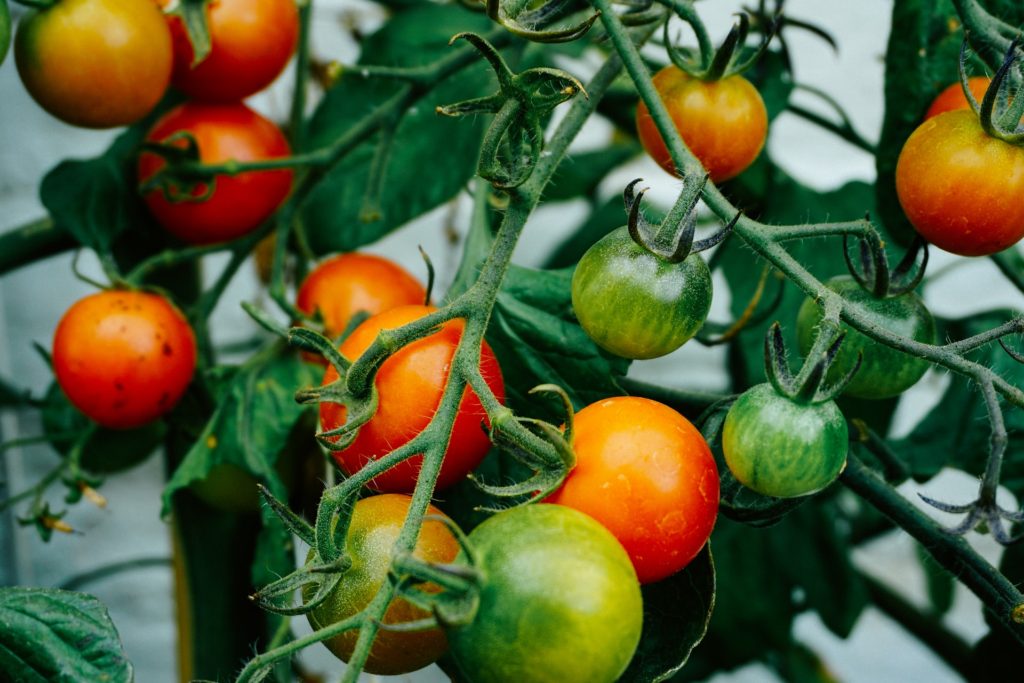
How you plan to use your vegetables directly affects how much of each vegetable you want to grow, and will influence your decision about the kind of vegetable you’re going to plant — all carrots aren’t alike, and there are hundreds of different tomato varieties.
4. Can you grow it?
Not all vegetables grow well or easily in all climates. Some vegetables like it hot; some refuse to grow in hot weather. Some vegetables flourish when it’s cold; others just shiver and die.
Certain plants go from seed to harvest in a couple of months and will grow almost anywhere in the United States — green beans and some kinds of lettuce are among these obliging vegetables. Others are very picky and need a long stretch of warm or cool weather.
You have to take the plant’s needs into consideration before you can make a decision on whether or not it’s a practical choice for your home garden.
5. Do you have room for it?
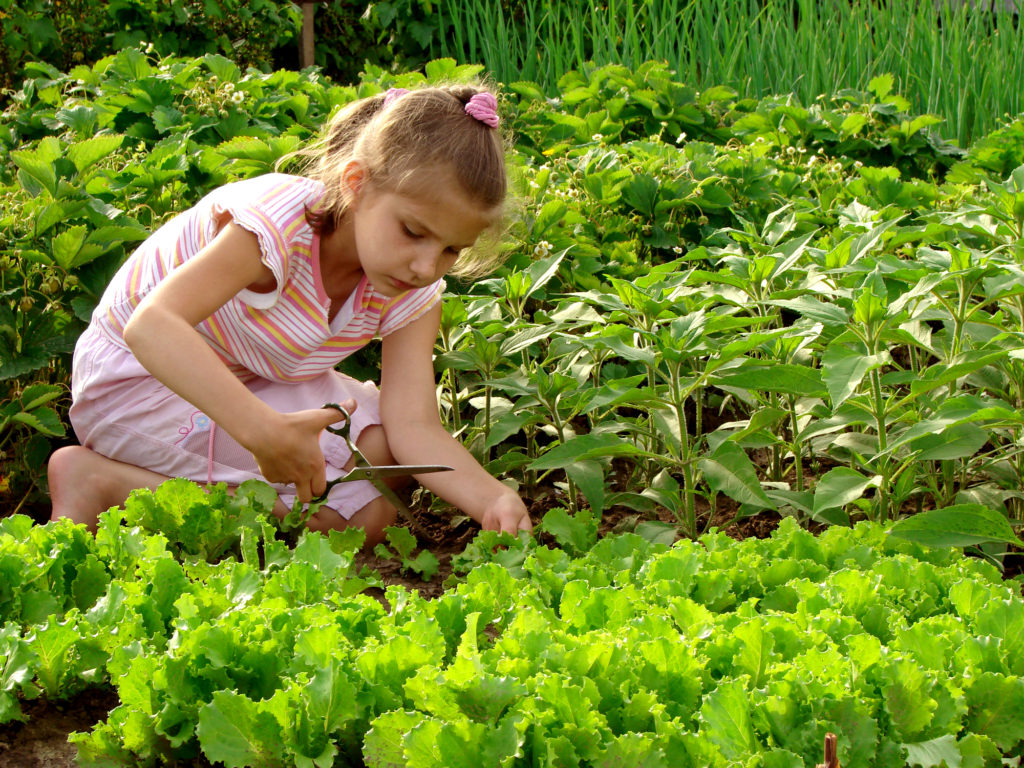
There are plants that are rather like large pets — they’re fun and endearing, but the reality is you just can’t live with them because they’re too big. You want to grow vegetables that will give you a reasonable amount of produce in the space that you have available.
Some vegetables — especially some vining crops like pumpkins — need a great deal of room and give you only low yields, so they’re not a practical choice in a small home garden. And if you’re growing an indoor container garden, you’ll do fine with cabbages in flowerpots, but there’s simply no place you’re going to put a healthy watermelon vine or a Jerusalem artichoke.
6. Is it worth the bother?
Some vegetables require very little nurturing, and you can grow them with minimum effort. Really!
Others require special attention and need to be babied. Celery and cauliflower, for example, have to be blanched — blanching is a process that deprives the plant (or part of the plant) of sunlight in order to whiten it and improve its flavor, color, or texture.
Before choosing a crop that’s going to need special handling, be sure you really want to give it that much attention. Some crops, too, are bothered a lot by insects or plant diseases — corn is one of them.
If you’re not willing to deal with these problems as they occur, this type of crop is going to cause you more disappointment than satisfaction.
7. Are you trying to save money?
Another factor to consider when you’re deciding what to plant is the practical matter of economics — is the vegetable worth growing, or would it be cheaper to buy it?
Some vegetables are readily available and inexpensive to buy, but would produce only low yields from a large space if you grew them in your garden. Corn, for instance, is inexpensive to buy when it’s in season, but in your garden, it needs a lot of growing space and often only gives you one harvestable ear from a whole plant.
You may decide not to grow corn and settle instead for a crop like endive, which is expensive in the store but as easy as leaf lettuce to grow. Potatoes, too, are readily available and fairly inexpensive to buy, but they’re space-hungry in the garden.
You might like to plant an asparagus bed instead — it requires a little initial work, but gives you a gourmet crop for years afterwards.
The economy question, however, is not clear-cut.
The fact remains that the vegetables you pick fresh from your own garden taste a whole lot better than the ones you buy in the store, so saving money may not be your prime purpose in growing them.
You may be perfectly willing to give up half your garden (or all your balcony) in order to have a couple of ears of wonderful, milky, homegrown corn come harvesttime. You may consider the delicious flavor of fresh carrots a more Important issue than the fact that store-bought ones are inexpensive.
The only way you can get corn from the garden to the table in a matter of minutes is to grow your own, and the freshest possible carrots are the ones you pull out of the backyard at dinner time. These are judgments you make yourself, and they’re just as important—if not more so — than whether or not a crop is easy to grow, economical in its use of space, or will save you money.
8. How much is enough — or too much?
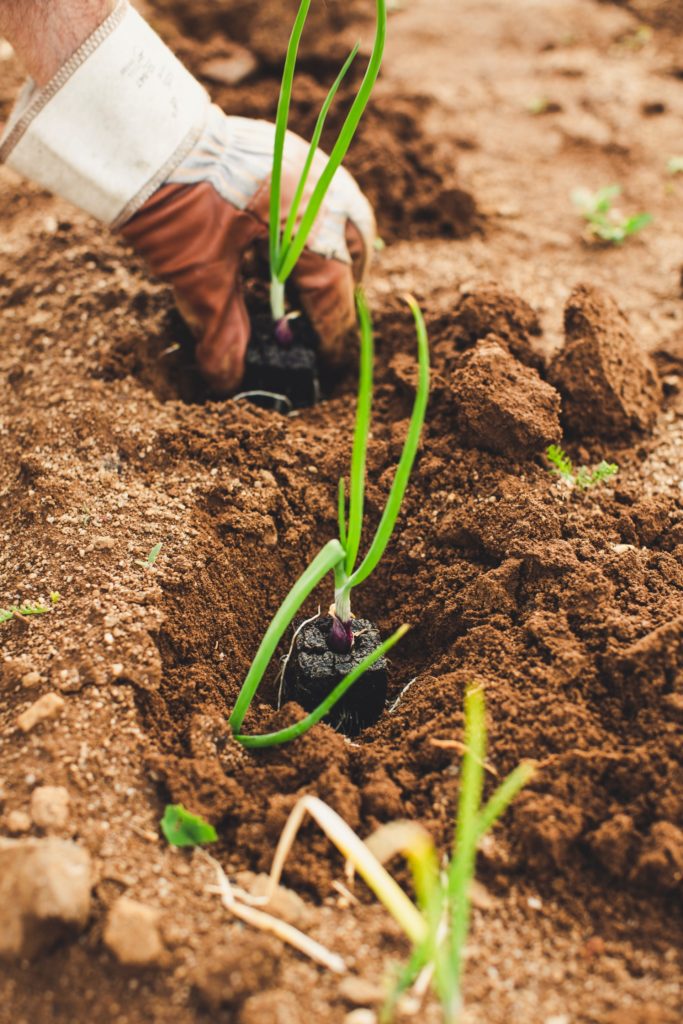
Your initial decision about the vegetables you’d enjoy growing and eating—and that you think you can grow successfully in the conditions you have to deal with — is the first step to planning a well-conceived, productive vegetable garden.
But this is the point where you discover that you still have very little idea of how much of each vegetable to grow. You know you want to eat some of your crop and freeze, pickle, or preserve some. But how many seeds should you plant to enable you to achieve those ends?
Again, advance planning can help you avoid getting swamped with squash or overrun by radishes — it’s amazing how energetically your plants will prosper under your care and how large a plant a little seed will produce.
9. Planning for the yield you want
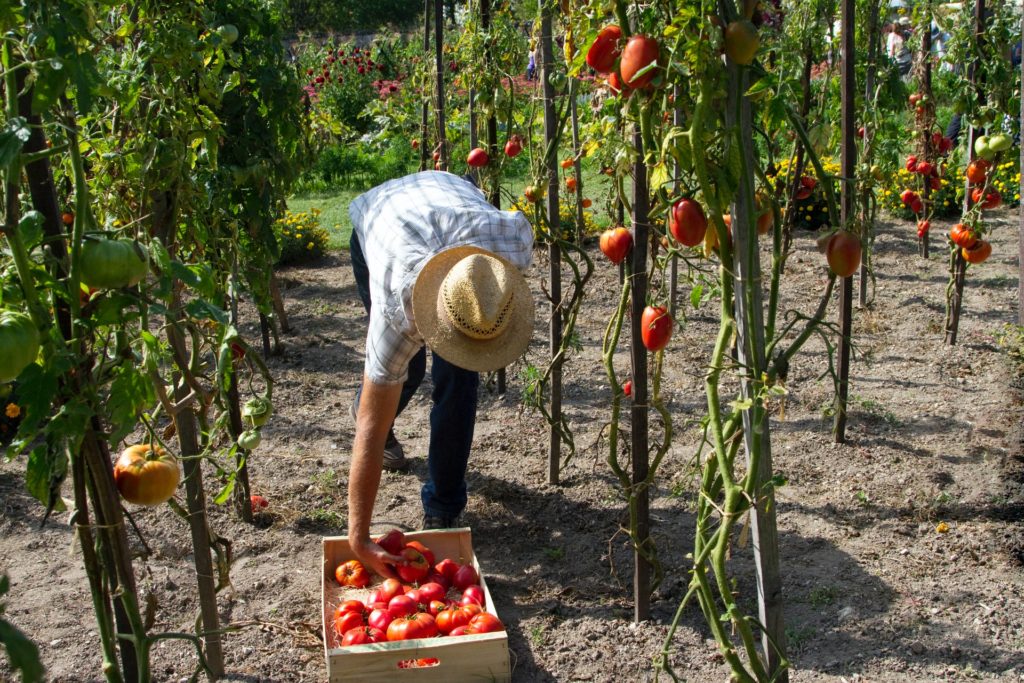
OK. Not quite a question, but you get the point. How do you plan to use the land or space you have available? Some gardeners start off in an orderly manner by planting all their vegetables in rows of the same length, but space means something different to a carrot and a cauliflower.
A 10-foot row of broccoli will give you a manageable amount of produce; a 10- foot row of parsley will provide enough for you and the entire neighborhood, but it isn’t a big problem because you can freeze or dry parsley and use it all year around.
A 10-foot row of radishes, however, can be a big mistake — no family can eat all those radishes, and they don’t store well, so you could end up with a lot of wasted radishes.
Cucumbers can sprawl all over the place and need lots of room; carrots are fairly picky about soil conditions, but they do stay where you put them. So you have to estimate how productive your plants are likely to be. (To estimate how many plants to grow, our blog post describing individual vegetables can help.)
10. How do you plan to use your crop?
Garden space, storage space for preserved vegetables, storage space for preserving equipment, family food preferences, your own preferences, your local climate, the energy costs, time involved in preserving, and the help available (if any). Whoa!
It’s a lot. But all of these are things you should consider when you’re deciding how much of a certain vegetable you want to grow.
Before you plant large amounts of a vegetable, plan what you’re going to do with the vegetables you can’t eat at once.
Check each vegetable’s storage potential (information on storing and preserving is available here), and take into account whether or not you want to go to the trouble of storing or preserving what you don’t eat immediately.
Some people find canning, freezing, or drying their home crop a most pleasurable activity. Others don’t have time or just don’t like doing it. So counting your chickens before they’re hatched is a vital part of your planning, and something to keep in mind even way back in the winter when you’re spending a frigid January day studying your seed catalogs.
Come summer, it’ll be too late.
11. Do you want to freeze, can, dry, pickle, or store?
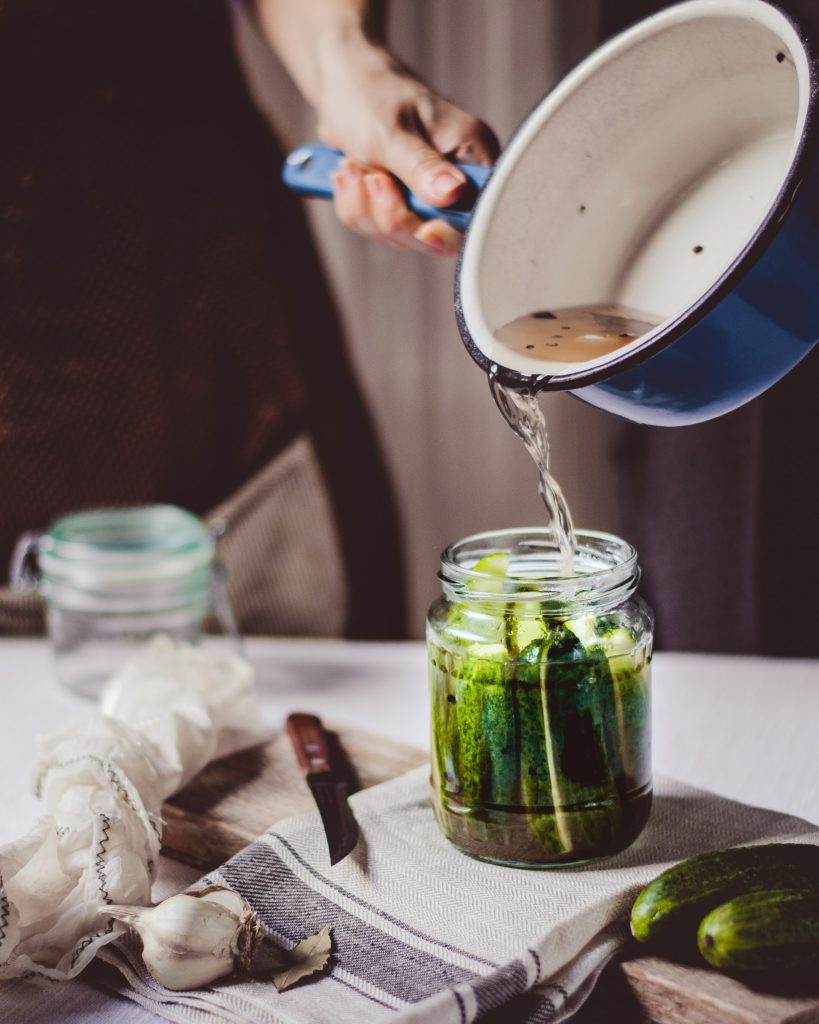
Finally, there’s the issue of preserving your harvest. There’s more than one way to preserve a crop. You can freeze, can, dry, or make preserves and pickles.
You can construct a cold storage area or a root cellar in the basement. You can make a storage pit in the garden.
Some vegetables are very obliging. For instance, extra green beans are no problem because you can freeze, can, dry, or pickle them. And some root vegetables are best stored in the ground for as long as possible — just go out and dig them up when you’re ready to use them.
If you have a big family and garden space galore, you may need to use several different methods to make the most of your crop. If you have only a small garden and a small family, perhaps freezing alone is all you need to consider.
Consider also your climate and how much time you’re able and willing to spend on preserving.
At this point, as in your initial choice of which vegetables to grow, personal preferences are important. If your family hates turnips and only likes carrots raw, it’s hardly going to be worthwhile to have a root cellar.
If you’re always on the run, it’s pure fantasy to imagine yourself making preserves come fall.
Final Thoughts
A little work ahead of time on what your preferences are will go a long way in building the garden of your dreams. It’ll save you a lot of time and effort and no small measure of grief and frustration. With proper forethought and planning, you’ll grow a garden your family will enjoy time and again, season after season.
The whole point is to get clear on what is that you want and like and would like to achieve with your garden because, as I mentioned at the start, your personal preference combined with your geography and climate will ultimately dictate what you’ll grow in your garden.

